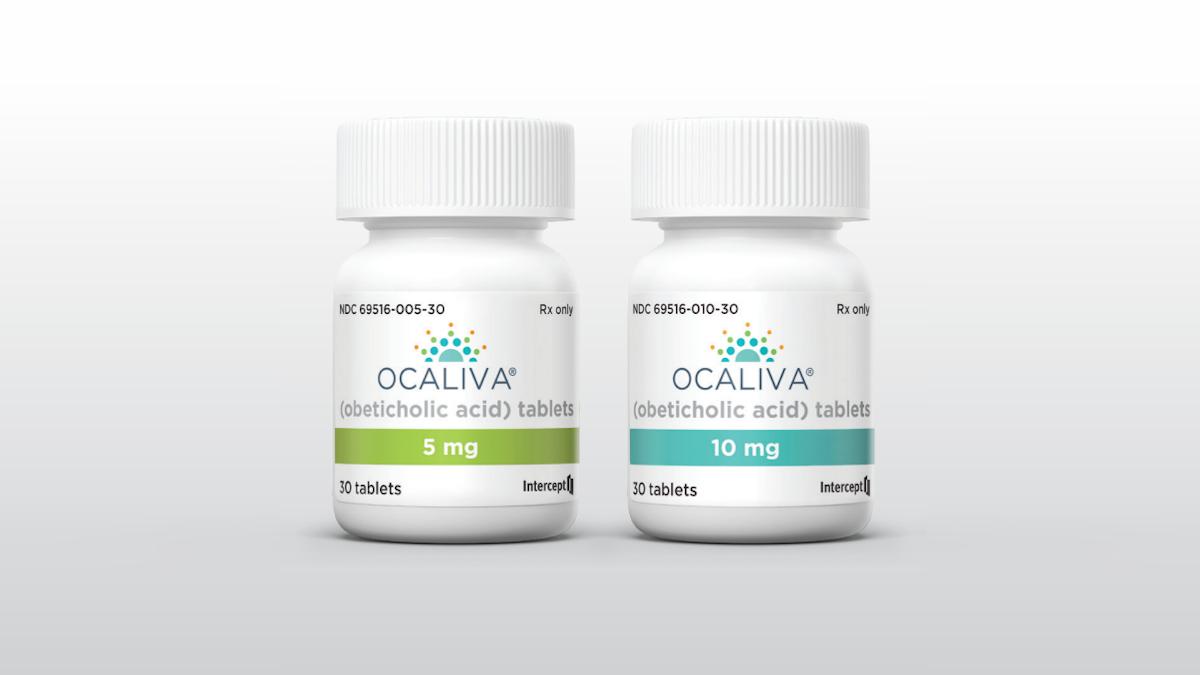Gilead, Ipsen build the case for their PBC drugs at EASL

Gilead Sciences is just a few weeks away from an FDA decision on seladelpar for rare liver disease primary biliary cholangitis (PBC) and will be buoyed by new data pointing to its long-term efficacy and safety.
Two-year data from the ASSURE study, reported at the EASL congress this week, showed “rapid and sustained improvements” in biomarkers for the disease as well as a clinically meaningful reduction in itching (pruritus) – one of the most debilitating symptoms of PBC – with the PPAR delta agonist.
The results are good news for Gilead, which acquired seladelpar as part of its $4.3 billion takeover of CymaBay earlier this year and said at the time it believed that the drug has a “best-in-disease” profile for PBC, which affects around 1 in 1,000 women over the age of 40 in the US.
It has been submitted to the FDA as a second-line treatment for adult PBC patients, without cirrhosis or with compensated cirrhosis, who do not respond or are intolerant to standard first-line therapy with ursodeoxycholic acid (UDCA), with a decision due by 14th August.
Out of 99 patients from seladelpar studies who have been treated with the drug for two years, 70% met the primary endpoint by achieving liver biomarker levels (ALP and bilirubin) at or below the upper limit of normal, along with a 15% reduction in ALP.
In addition, among patients with moderate to severe pruritus at baseline, Gilead’s drug achieved a mean reduction on the numerical rating scale (HRS) of 3.1 points at two years, which the company said was in line with 12-month data from the pivotal RESPONSE study that formed the basis of seladelpar’s marketing application.
Dr Palak Trivedi of the University of Birmingham in the UK, who presented the study at EASL, noted that there is no cure for PBC and while current drugs can slow liver damage and stop progression, they are ineffective in around 40% of cases.
Many patients continue to have abnormal biomarker levels and pruritis symptoms, he added, suggesting that “the long-term efficacy and safety interim results from ASSURE demonstrate that seladelpar may meaningfully raise the bar in PBC.”
However, there is another rival in the PBC category that could reach the market even earlier. Ipsen’s dual PPAR alpha/delta agonist elafibranor is also under FDA review as a second-line PBC treatment, with a decision expected by 10th June, and like seladelpar had new data at EASL.
Updated results from the pivotal ELATIVE trial showed that 70% of PBC patients treated with the drug achieved the main liver biomarker endpoint at 78 weeks, compared to 0% of a placebo group.
Meanwhile, patients with moderate-to-severe pruritus reported improvements in itching as measured using the PBC-40 scale and the 5-D Itch questionnaire.
In the 5-D Itch domain of duration, for example, reduced itching was reported by 58% of patients receiving elafibranor at week 52, compared with 27% on placebo, said Ipsen. Additionally, 80% of patients receiving elafibranor improved to no sleep disturbance or only occasional delay, compared with 30% on placebo.
According to Ipsen’s chief medical officer, Sandra Silvestri, the lack of effective PBC treatment can lead to advanced forms of the disease where liver transplantation may be the only option.
“Transplants are not trivial, so we must and can do better to preserve native liver function for people living with PBC.”
Analysts have suggested that the market for drugs to treat UDCA-refractory PBC could be worth $1.5 billion or more per year.












